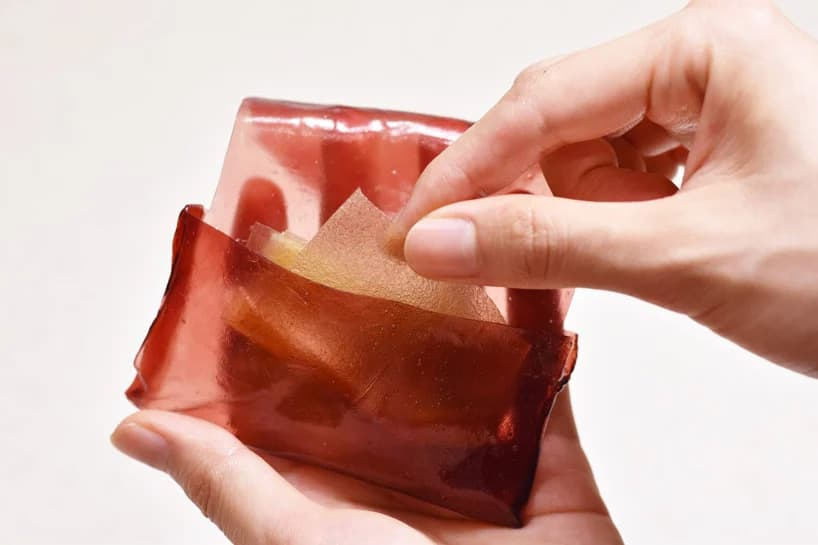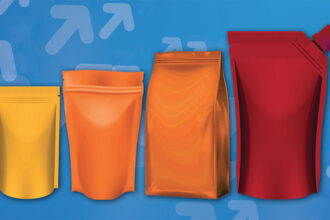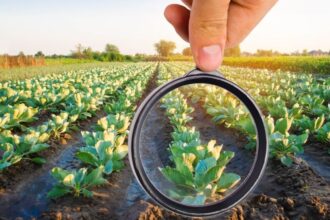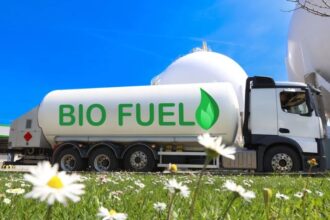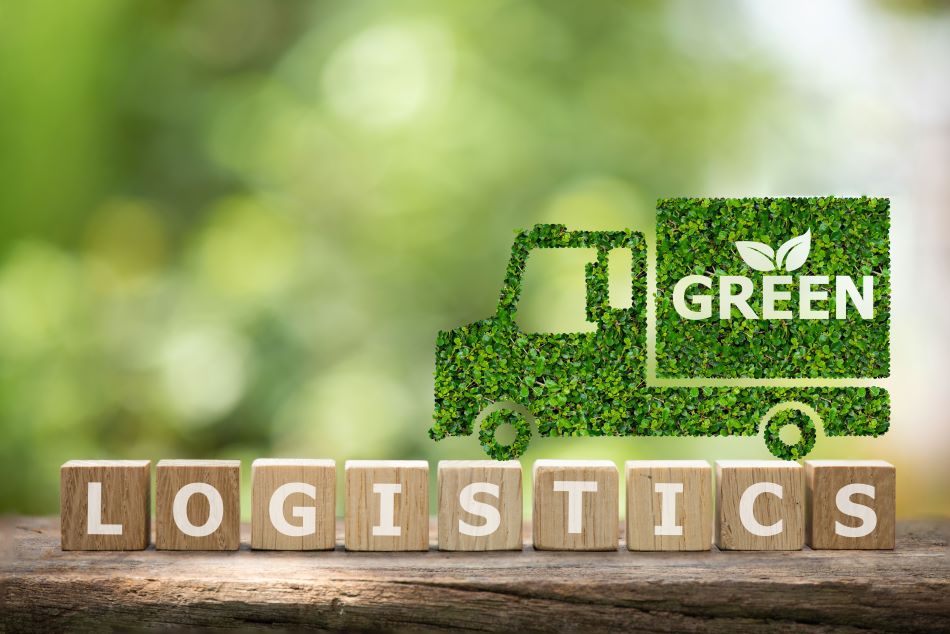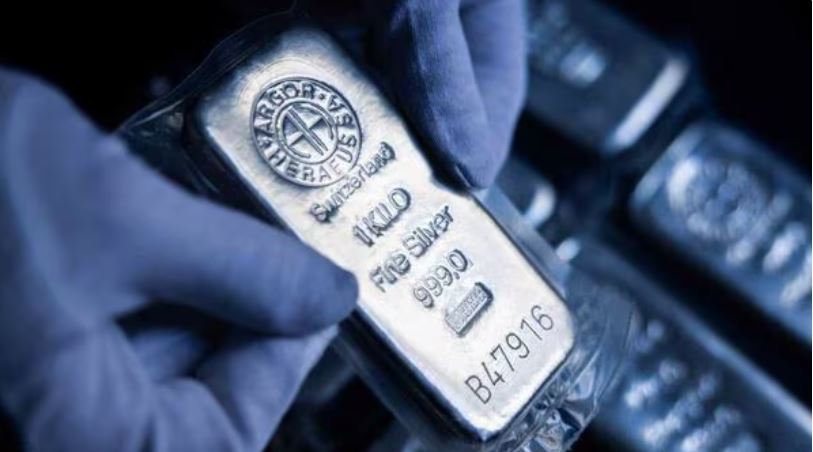June 5th – As World Environment Day approaches, the spotlight intensifies on the escalating global plastic crisis. For decades, plastic has been the go-to for packaging due to its versatility, durability, and low cost. However, its persistent nature has created an environmental crisis. Traditional single-use plastics, especially for food and beverages, contribute significantly to this global crisis. Billions of tons of plastic waste choke the oceans, suffocate marine life, and pollute the land. But what if the solution to this monumental problem was, quite literally, digestible?
Enter edible packaging – a game-changer derived from natural, food-grade materials that can be safely consumed or composted without leaving harmful residues. Edible packaging is a revolutionary concept that promises to transform the relationship with waste, turning packaging into a tasty treat, or at least a harmless morsel for the Earth. It is a true zero-waste alternative, dissolving in water or breaking down naturally, much like a fruit peel.
The idea isn’t entirely new. Remember the humble ice cream cone? That’s edible packaging in its simplest, most delightful form! However, in the face of the current environmental challenges, this concept has evolved from a novelty to a critical frontier in the sustainable packaging market innovation.
The Rise of a Consumable Future: The Sustainable Solution
The drive behind edible packaging is clear: increasing environmental concerns, stringent government regulations on single-use plastics, and a growing consumer demand for sustainable solutions. This convergence of factors propels innovations in the field, making it a key player in the broader sustainable and eco-friendly food packaging.
Recent Developments and Inventions:
The world of edible packaging is buzzing with ingenuity. For instance, on October 31, 2024, Indorama Ventures partnered to launch the world’s first commercialized PET bottles using bio-paraxylene for Suntory. Derived from used cooking oil, these bottles significantly reduce CO2 emissions, with millions rolling out in Japan, marking a sustainable packaging milestone.
Here’s a peek at some of the other exciting advancements:
1. Seaweed-Based Wonders: The Ocean’s Answer to Plastic Pollution: The seaweed packaging market is a superstar in this space, and for good reason. It is a fast-growing, renewable resource that requires no freshwater or fertilizers, and even captures carbon. On November 21, 2024, B-ZEOS secured seed funding and partnerships to scale its innovative, home-compostable seaweed-based packaging solutions. This boosts development and commercial production, offering a sustainable alternative to traditional plastics.
● Notpla’s “Ooho” product encapsulates liquids like water or sauces in an edible, biodegradable sachet, already replacing millions of plastic units at events like the London Marathon.
● Indian startup Zerocircle also produces industrial packaging materials from sustainably harvested seaweed, which is 100% natural and fully biodegradable.
● Evoware (Indonesia) produces edible sachets for dry foods, burger wraps, and flavored cups.
● PlantSea, a UK firm, is developing a biodegradable, water-soluble seaweed polymer film. It aims to replace PVA plastics in products like detergent pods, eliminating microplastic pollution.
2. Plant-Based Powerhouses: From Starch to Millet
Beyond seaweed, a diverse array of plant-based materials is being harnessed for edible packaging:
● Starch and Cellulose: Plant-based innovations are transforming eco-friendly food packaging. Starch and cellulose from rice, wheat, and corn are now films, coatings, and containers. Companies like Bakeys create edible cutlery, while Evlogia Eco Care and Ecoware Solutions offer edible coatings and starch-based packaging.
● Mycelium (Mushroom-based): The root structure of mushrooms, mycelium, is being used to create durable yet compostable packaging, offering an alternative to polystyrene. Ecovative is a key innovator in this area, with companies like Dell adopting mycelium cushioning.
● Protein-Based Solutions: Proteins like whey, casein, and soy are gaining traction for their excellent film-forming properties and barrier capabilities against oxygen, oil, and moisture. Innovations are continually improving their mechanical and sensory properties.
● Kodo Millet-Based Cups: On March 02, 2025, researchers from the Indian Institute of Technology (IIT) Roorkee invented cost-effective and sustainable Kodo millet-based edible cups, reinforced with guar gum and hibiscus powder for enhanced structural integrity and moisture resistance.
● Functional Edible Coatings: Researchers directly integrate edible coatings with antimicrobial properties into food products like fruits, vegetables, and dairy. This extends shelf life, reduces food waste, and minimizes the need for synthetic preservatives.
3. Enhanced Functionality: Beyond Being Edible
Modern edible packaging isn’t just about being consumable; it’s about functionality:
● Shelf-Life Extension: Researchers are integrating antimicrobial properties and antioxidants into edible coatings to prolong the shelf life of perishable goods like fruits, vegetables, and dairy. Companies like GreenPod Labs are using natural plant extracts for this purpose.
● Bioactive Compounds and Nanotechnology: Adding bioactive compounds and essential oils and employing nanotechnology improves the mechanical strength, transparency, lightness, water resistance, and even nutritional value of edible films.
● Smart Packaging: Edible packaging can be integrated with sensors or humidity indicators to monitor food safety and shelf life, reducing food waste.
○ Edible Sachets and Pods: These single-serving solutions eliminate waste for condiments, coffee, and energy gels.
○ Edible Cutlery: Spoons, forks, and even straws made from edible materials are becoming more common.
○ Edible Films for Confectionery: Multi-layered edible films are being developed for snacks and sweets.
Chewing Through the Challenges
● Production Costs: Edible packaging can be more expensive to produce than traditional plastics, hindering mass adoption.
● Durability: Maintaining the integrity and extending the shelf life of edible packaging to match conventional plastics is a crucial hurdle. Secondary packaging is often required, which adds to costs and material use.
● Consumer Acceptance: Shifting consumer behavior from discarding packaging to consuming it requires education and trust-building.
● Regulatory Hurdles: Strict food safety regulations and a lack of clear guidelines for edible packaging can slow commercialization.
However, opportunities abound:
● Growing Environmental Awareness: Consumer demand for eco-friendly solutions is a major driving force.
● Regulatory Support: Governments worldwide are implementing bans on single-use plastics and incentivizing sustainable alternatives, creating a favorable environment for edible packaging.
● Innovation in Food Technology: Continuous advancements in material science and processing techniques make edible packaging more viable and cost-effective.
● Expansion in Ready-to-Eat Markets: The convenience offered by edible packaging aligns perfectly with the growing demand for on-the-go food products.
The Path Forward
Celebrating World Environment Day on June 5th, let us not just talk about plastic pollution but actively champion innovative solutions like edible packaging. From seaweed packaging breakthroughs to ingenious plant-based inventions, the journey to a plastic-free future is being chewed through, one delicious (or at least biodegradable) package at a time. The shift to eco-friendly food packaging and the broader sustainable packaging is not just an environmental necessity; it is a testament to human ingenuity and the collective commitment to a healthier planet.




